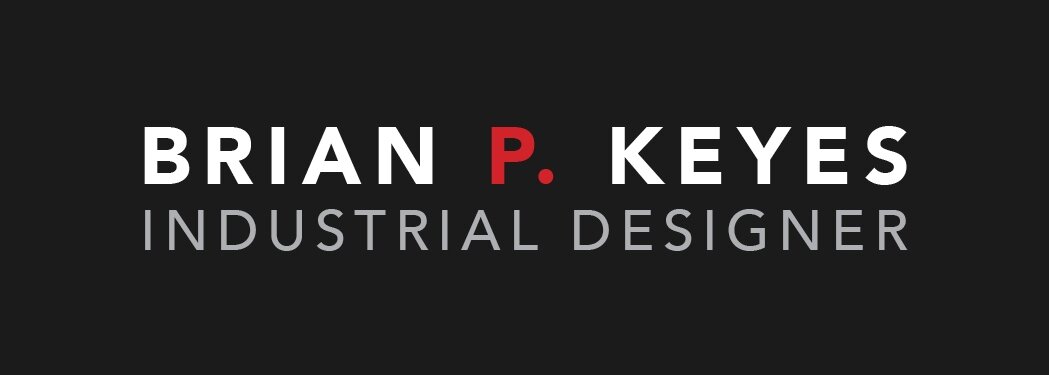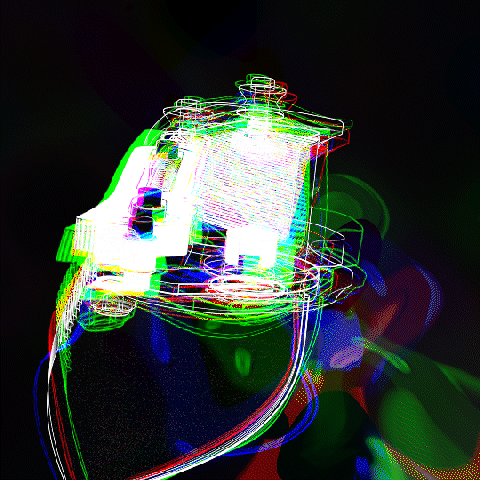1. What is Flytanium
A quick history of the pocketknife niche and modding knives.
2. Business Development
Lead department growth, goals, and vision.
3. Product Highlights
Over 100 products designed, engineered, sourced, and produced.
1. What is FLytanium
Flytanium was founded to solve a manufacturing issue: the minimum order quantity on production pocket knives is often too large to give customers the number of options and materials they want. To solve this, Flytanium started producing aftermarket parts for pocket knives in a variety of materials and finishes that manufacturers were not producing knives in.
Ten years in, Flytanium supports over 20 different knives with more than 1200 SKUs, as well as our own in-house line of knives and every day carry tools and accessories.
Similar to customizing a car with aftermarket exhaust, new wheels, or a widebody kit, Flytanium does the same for pocket knives. With our parts, customers can upgrade their knife handles from plastic to titanium or add the glow of tritium to their knife, or choose a new handle shape with better ergonomics for their hands.
Since joining the team, we have developed the most customizable pocket knife platform the industry has ever seen. The focus of our new pocket knives is always on bringing new ideas stories to our customers.
2. Business development
Growth was always the goal for Flytanium. When I was hired, the entire brand was five employees: Flytanium’s founder, three on the operations side, and myself on the products side. Because of the success of an internal product development team, we’ve since hired an additional designer, and dedicated marketing lead and junior.
My main focus managing the product team is to foster professional development and empower employees to become the best they can. We all do many different jobs within Flytanium and I’m very proud of the trust and comradery we have built.
The main product line of Flytanium in 2020 was unique, but not innovative. The core goal was to offer parts that pocketknife manufacturers already made, just in different materials; for example, titanium handles for a knife that comes with plastic handles out of the box.
Since then, our focus has been to create products that enable customers to express themselves through the knives they carry. Sometimes that takes the form of replacement parts made from unique materials. More recently, it comes as complete pocketknives that tell a compelling story.
The numbers need to support product line growth and employee hiring. Since 2023, I have been responsible for making sure Flytanium’s financials are sound. Even through some troubling years, the brand averages a 15% annual growth rate and since I was hired has seen over a 50% growth in revenue.
From inventory management, to product pricing strategies, to annual reports to the C-Suite of our parent company, I ensure that our decisions support the larger goals of the company and we are setting accurate and attainable goals for our brand.
For Flytanium, our marketing starts when we pitch new products. Every new project starts with the story we want to tell, the marketing themes, and the visual branding. This holistic approach creates an extremely cohesive brand vibe and appeal.
From 2022 to 2023, all of the marketing efforts of Flytanium were entirely done by myself and my other product designer. With our attention needed elsewhere, I hired a marketing team to expand our presence inside our niche and out.
Since then, we’ve started a fast growing YouTube channel, optimized our eCommerce experience, launched a rewards program, revived our email marketing campaigns, exhibited at trade shows, and built a strong affiliate network.
3. Product Highlights
a. ARCADE Shark-Lock Folder
After years of designing and producing aftermarket parts, we figured it was time to try our hand at an in-house folding knife from the ground up. My goal with the design was the ultimate customizable knife platform. Every part on the Arcade can be replaced by the customer. Want a new blade shape? Done. Glow-in-the-dark handles? Easy. Different texture on the handles? No problem. The end result is 3.3 trillion combinations* of parts.
The Arcade had a complicated development process including several story pivots, mechanical licensing agreements, sampling woes, and manufacturing from three factories in three different countries.
The Arcade has been for sale for about two years now and is joined this year by two new additions to the product family: the Arcade Lite and Arcade Pro. These expansions rework the original design for a lower and higher price point respectively with features to match.
* technically over 377 sextillion combinations are possible, though a lot are unrealistic from a consumer standpoint.
SKILLS
Sketching: A combination of hand and digital sketching were used to quickly iterate concepts. Three key concepts for this design were approachability, mass-appeal, and durability.
3D Printing: Five chosen designs were modeled in Fusion 360 for ergonimic validation through FDM 3D printing on a Prusa MK3+. Proportions and shaping were revised based on focus group testing.
Design for Production: The chosen and refined concept was remodeled in Fusion 360 as a complete assembly. Tolerances were specified in a technical drawing package with inspection sheets and bill of materials.
Overseas Sourcing: The Arcade was sourced and produced in Taiwan with aftermarket parts coming from both China and an in-house machine shop. Control drawings ensured part compatibility between all three factories.
Sampling: Three rounds of sampling with extensive testing validated the Arcade design and manufacturing.
Product Visualization: Keyshot was used to communicate the Arcade both internally for review and externally in marketing materials. Animations were created to show mechanism function and customizing possibilities.
Packaging: Paperboard box with a foam insert and warranty card were designed and sourced alongside the knife.
Marketing: A complete product story, copy, imagery, visual branding were created and standardized for the Arcade. A launch campaign in collaboration with BladeHQ resulted in a great reception and continuing strong sales.
B. Tatersong - Crinkle Cut Balisong
Flytanium began as a balisong (butterfly knife) company. The first parts we ever made were handles to improve how the Benchmade 51 Morpho Balisong flipped. With the creation of an in-house machine shop, we gained the ability to manufacture our own balisongs and the Tatersong was one of the first.
Half art-piece and half production knife, the Tatersong is a whimsical take on a modern balisong. With handles shaped like crinkle cut french fries and a steak knife inspired blade shape, the Tatersong came as a complete package - ketchup packets, warranty napkin, and kids’ meal toy included.
Co-design: Ben Grote
SKILLS
Rapid Ideation: The Tatersong idea originated with some bright yellow PLA filament and a 3D printed balisong prototype. With french-fry-like handles, the only decision that could be made was to lean into it.
Creative Direction: A consistent story and visual branding were needed to sell the Tatersong story to the world. We went all in with promotions on National French Fry Day, donations to local food banks, and a brief rebrand as “Frytanium”.
Domestic Manufacturing: With a in-house machine shop, overseeing local production landed directly on myself. Consistent collaboration led to a premium flipping balisong featuring a custom Cerakote finish, ridiculously grippy handles, a super slicey blade, limited and serialized to 500 pieces.
C. Aftermarket Parts
There are too many individual aftermarket part designs from the last 5 years to list here. Somewhere in the ballpark of 50 distinct projects and 800+ SKUs all told.
The approach for nearly every aftermarket project was as follows:
Identify a popular knife with our customers
Find areas for improvement or user complaints we can address with replacement parts
Design parts in a variety of materials that tell a compelling story
CAD and technical drawings
Match a supplier to the price point and quality for the knife and story
Sample for quality and test ease of installation
Production and quality control
Launch and marketing
SKILLS
Supplier Vetting: Finding good suppliers is hard. Through aftermarket part projects, I refined our trusted suppliers and developed processes for onboarding new suppliers.
Tolerance Control: With the need to fit knives by other manufacturers, our tolerance specification was super important. The installation process for our customers can make or break our reputation.
Project Management: At any given time, over 20 aftermarket part projects are in process. Coordinating factory bandwidth, release schedules, and all phases of the design process needed extensive tracking and resource management.

















